Relationship Skills
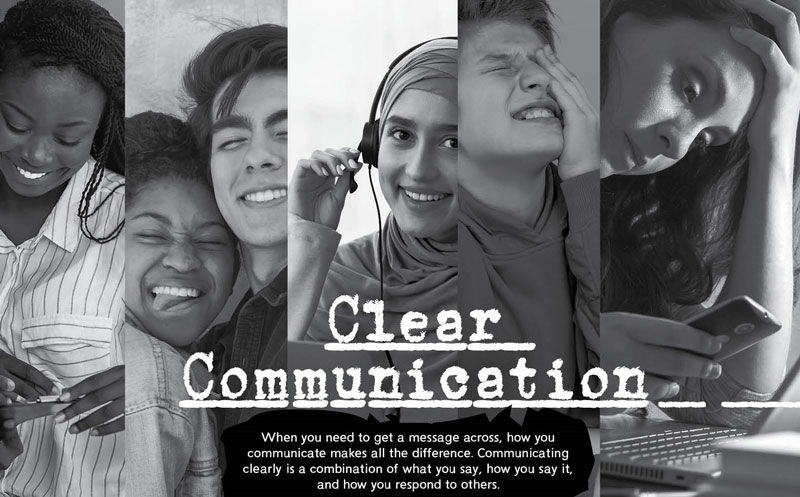
Find this activity in the student portfolio
Objective: Students will be able to understand how to communicate clearly.
Estimated Duration: 20 minutes
Description: Having effective communication skills are important for establishing and maintaining healthy relationships. This is because communication not only conveys information, but it also means being able to listen, understand, and take action on what other people say. Without clear communication, messages can become distorted, and confusion can result.
This activity will help students think of communication as a combination of what they say, how they say it, and how they respond to others. They will create a word cloud that explains how they communicate clearly.
Teachable Moments: There are many ways you can help students communicate clearly:
- Teach students about the power of pausing. Tell students to pause, think, and ask questions. This will help them to see another’s viewpoint and slow them down to listen more effectively.
- Explicitly teach how to have good conversations. Model what clear communication looks like and sounds like (including what it doesn’t look like and sound like).
- Establish listening and speaking procedures in your class including non-verbal behavior.
- Encourage turn taking. Teach students that effective communication is not one-sided. It is speaking clearly and listening too.
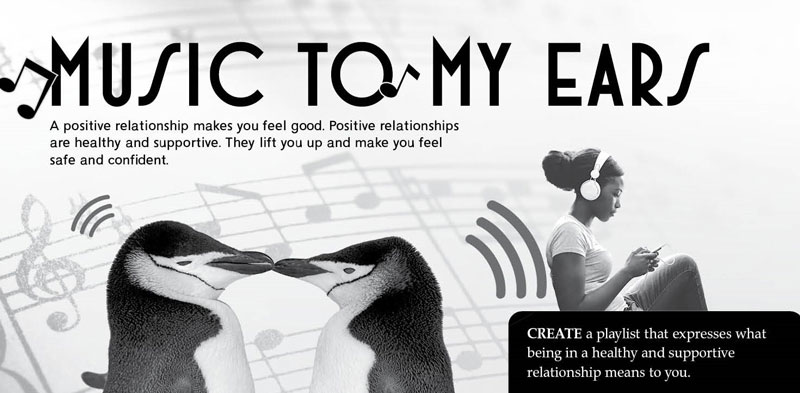
Find this activity in the student portfolio
Objective: Students will be able to work on developing positive relationships with peers.
Estimated Duration: 20 minutes
Description: Friendships have an enormous impact on students' mental health and happiness. Because of this, it’s important that students understand that positive relationships are healthy and supportive. They lift you up and make you feel safe and confident. Helping students understand what positive relationships look like and feel like can help them to resist negative social pressure and navigate or avoid harmful relationships.
This activity will help students recognize what friendship qualities are important to them. They will create a playlist that expresses what being in a healthy and supportive relationship means. They will include songs that have positive messages about how they want to be treated in a relationship.
Teachable Moments: There are many ways you can help students to develop positive relationships with their peers:
- Help students feel confident and have positive self-esteem. Highlight their best attributes regularly (e.g., honesty, compassion, thoughtfulness, etc.) to set them up to be a good friend to others.
- Model good friendship behavior with others at school.
- Help students feel comfortable with one another. Allow structured time for students to get to know one another. Conduct two-minute talks where students are paired with peers. They talk to each other for two minutes about the topics they have chosen.
- Create classroom activities that promote collaboration and teamwork.
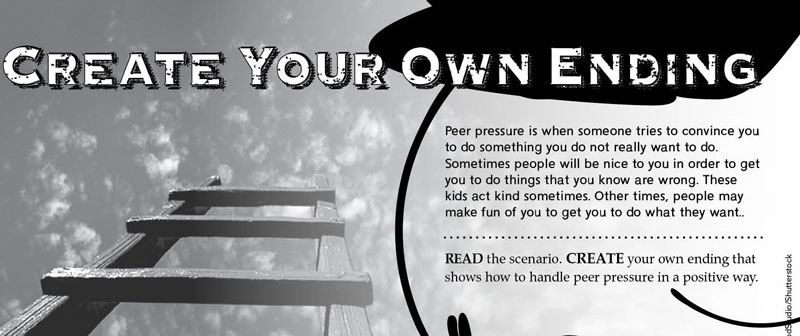
Find this activity in the student portfolio
Objective: Students will be able to identify ways to resist negative social pressure.
Estimated Duration: 20-25 minutes
Description: Peer pressure is when someone tries to convince you to do something you may not really want to do.
It is important for students to recognize when people are pretending to be their friend in order to get them to do things that they know are wrong. These kids will act nice sometimes, but other times they might threaten or make fun of people if they don’t do as they say.
Peer pressure can take a number of different forms, both spoken and unspoken, and can lead to risky or personally unwanted behavior. It is important that students learn strategies to handle peer pressure in a positive way.
This activity will help students identify ways to handle peer pressure in a positive way. They will read a scenario about peer pressure and create their own ending to handle the situation in a positive way.
Teachable Moments: There are many ways you can help students to identify ways to resist negative social pressure:
- Encourage students to talk about the pressures they feel to conform and discuss practical ways to manage this pressure.
- Remind students that it is okay to say “no.” Teach them to be confident in themselves. By doing so, their strength will help them stand firm with their beliefs and help them do what they feel is right.
- Provide opportunities for students to practice their communication skills to manage negative peer pressure situations. Role playing and using real-life scenarios are effective approaches to use.
- Involve parents in discussions around peer pressure. They have an important role to play in talking to their child about peer pressure.
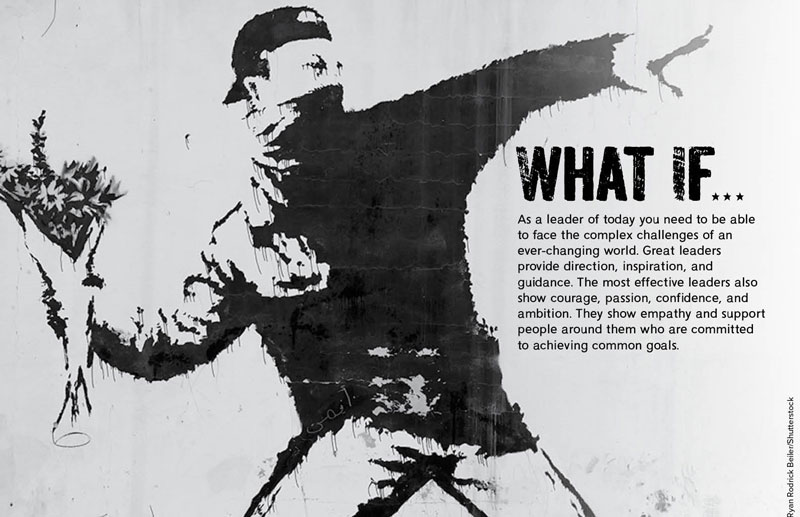
Find this activity in the student portfolio
Objective: Students will be able to recognize and communicate leadership skills in themselves and others.
Estimated Duration: 20-25 minutes
Description: It is important for students to learn and build on their leadership skills to open new possibilities and help make better decisions. Leadership is a multi-faceted skill that helps students learn to communicate, empathize with others, solve problems, and work in teams.
Good and effective leadership is a skill that can be learned, practiced, and improved on. Leaders of the 21st century will need to face complex challenges in an always changing world. Leaders of the 21st century will have to embrace new forms of communication and new technologies.
This activity will help students to think about what makes them a good leader. They are asked to write about being put in charge of the classroom for the day. They will need to explain how they would support their classmates and how they would show the characteristics that make a great leader.
Teachable Moments: To help students build their leadership skills:
- Involve students in leadership opportunities in the classroom. It is best to make these opportunities become a part of the classroom routine every day.
- Encourage students to volunteer for leadership roles inside the classroom and outside the classroom.
- Share good examples of leadership in your community and in the world around you. Discuss the leadership your principal must show. Look for other examples of leadership in coaches, parents, sports players, etc.
- Provide opportunities for group projects where students can rise to the occasion and lead within a group setting.
- Hold interactive discussions in the classroom, asking open-ended questions and allowing time for multiple answers. People often realize their leadership potentials when they feel free to share their ideas and thoughts. Once they start feeling comfortable while sharing their perspectives in front of the class, they gain the confidence to lead.
Foldable®: When Moments®
Estimated Duration: 25-30 minutes
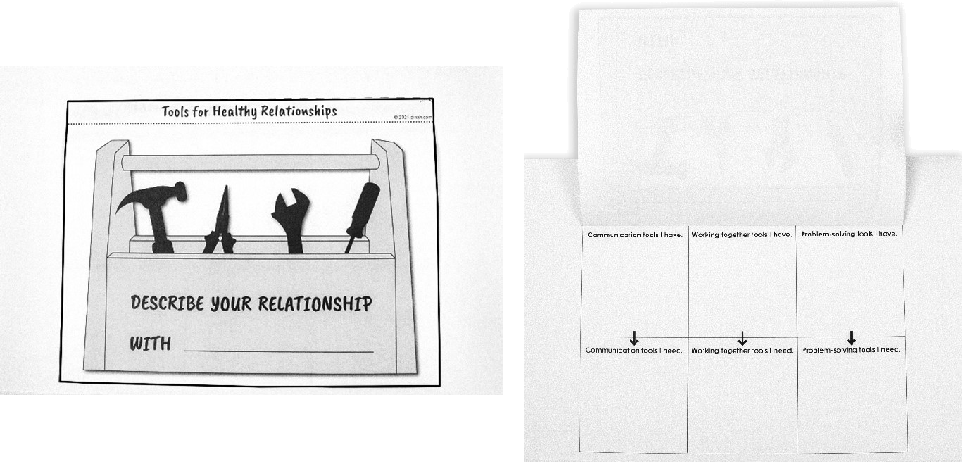
- Cut along the outside solid black lines of the Tools for Healthy Relationships Foldable.
- Fold along the dotted line at the top of the rectangle to form an anchor tab.
- Glue the folded tab on top of the gray space in the student book that says: Glue anchor tab here: Tools for Healthy Relationships.
- Look at the Tool Box and discuss what relationship tools might be and why they are important for building healthy relationships.
- Students decide who they are going to describe their relationship with, and they write this in the blank on the front of the tool box. NOTE: This does not have to be the name of a specific person. Instead, it might relate to their relationship with friends at school, family members, neighbors, teachers, coaches, others.
- Under the tab, they read the titles of the three columns to discover three important relationship tools: communication tools, problem solving tools, and working together tools. Students record tools they have and tools they need in the spaces provided.
- Don’t forget to have students relate the relationship tools they have and the relationship tools they need to the person or group of people they listed on the front tab. Why do relationship tools vary depending on a person or a group? For example, think about your communication skills with your best friend, your family, and your teacher. How do they differ?
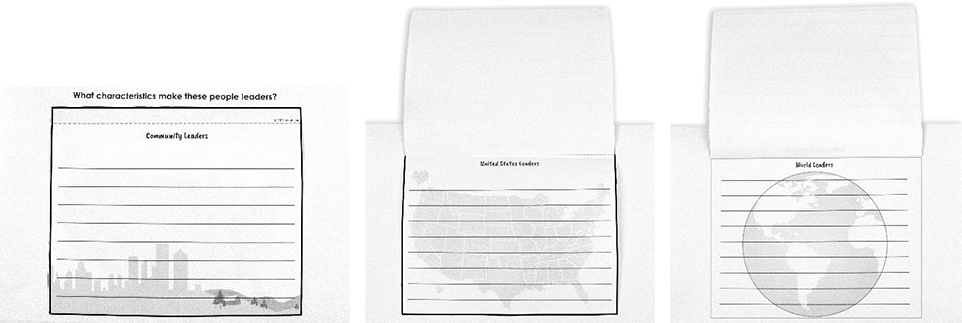
- Cut along the outside solid black lines of the two one-tab Foldables: Community Leaders and United States Leaders.
- Fold along the dotted lines at the top of each rectangle to form anchor tabs.
- First, glue the folded tab of the United States Foldable on top of the gray space in the student book that says: Glue anchor tab here: United States Leaders.
- Next, glue the Community Leader Foldable on top of the anchor tab of the United States Foldable. This forms a Stacked Foldable with more than one layer.
- Discuss how leaders can be found in families, schools, and in neighborhoods. The actions of community, national, and world leaders affect the lives of many people. Guide students as they research and select examples of leaders they read about or hear about in the news. Are there any relationship characteristics or qualities that all of these people have in common? Do any of their relationship characteristics make them memorable, successful, and/or driven to achieve?
Go to other SEL competencies in this book (Intermediate 2 - Grades 5–6):
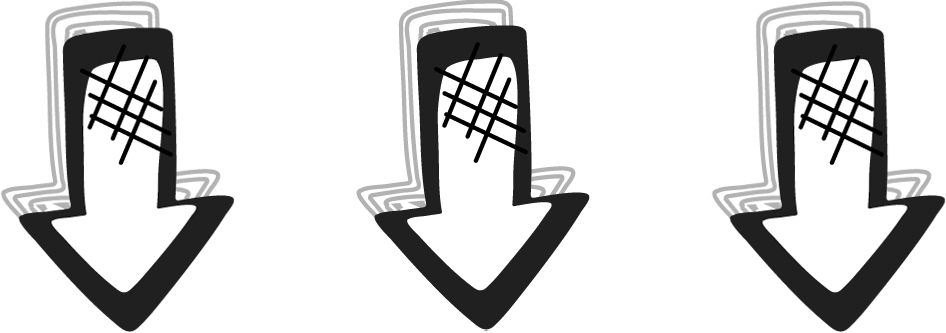
The teaching suggestions only work in accompaniment with the student portfolio, which has all the activity pages.
The teaching suggestions here are also available within a PDF of the entire teacher's manual.
